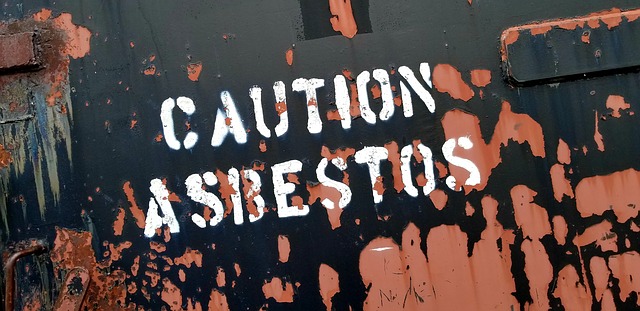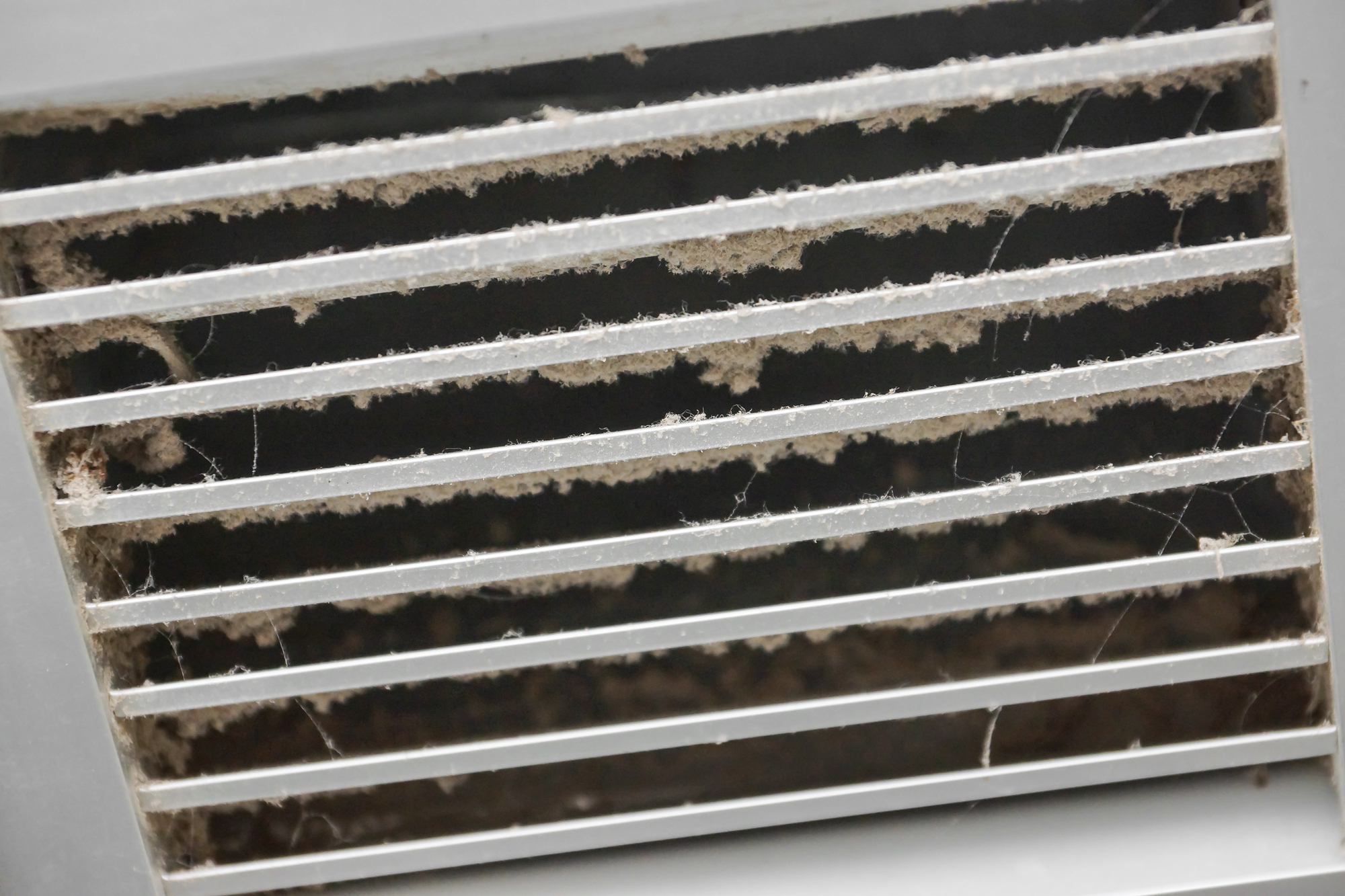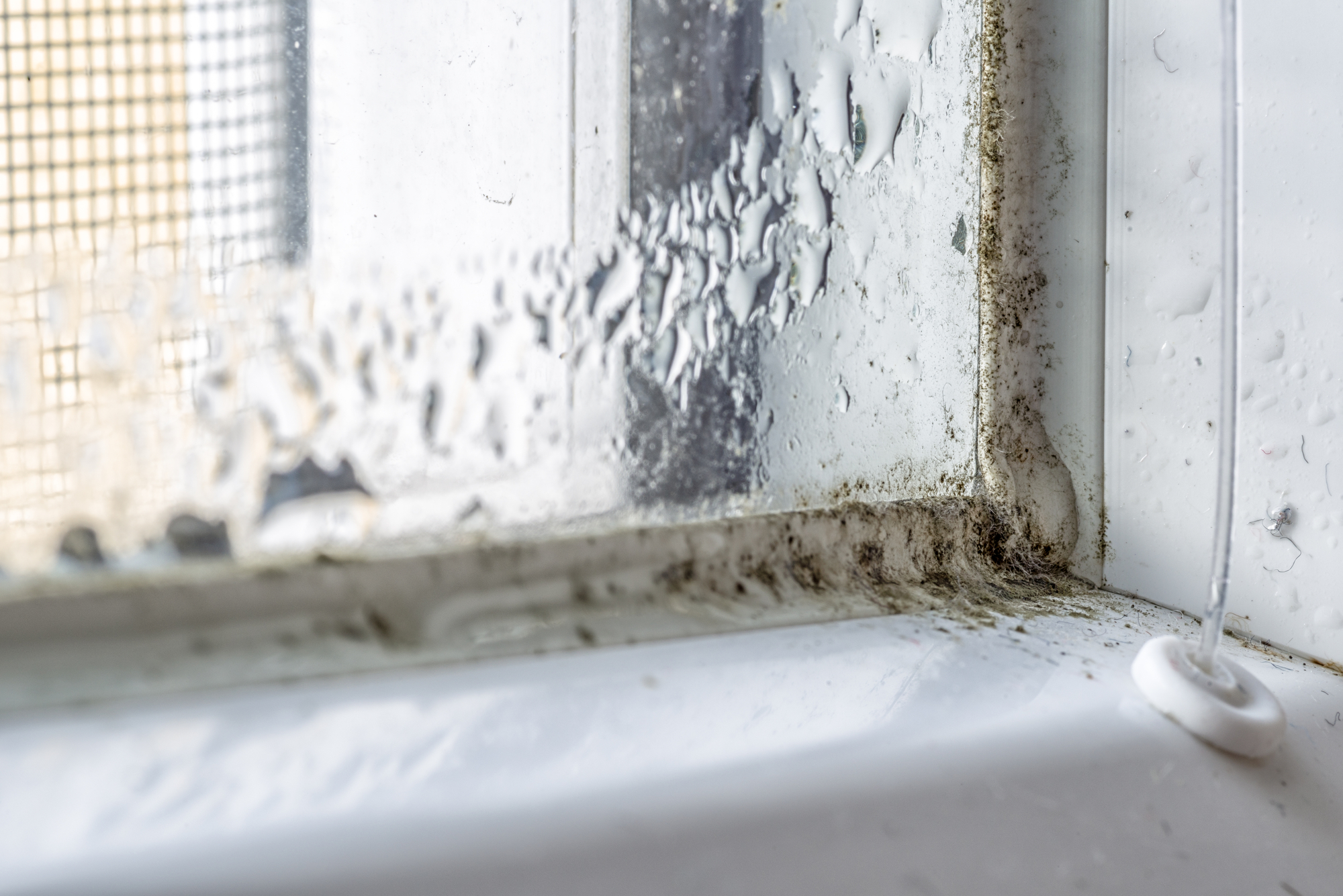What is Asbestos and Why is it So Dangerous?

October 12th, 2020
Fair or not, “asbestos” has become a dirty word in the world of home renovations, health and air quality. But what is asbestos and why is it so dangerous? The asbestos abatement and remediation experts at Solution D’Air servicing Quebec’s Gatineau region share their knowledge in this article to help us better understand what asbestos is, where it is commonly found and what affect it can have to air quality and our health.
Asbestos is a naturally occurring mineral found in rocks and soil. It can be best described as white and fibrous and in a natural setting, asbestos poses very little risk to one’s health. It is only when the fragile fibres begin to unbind and crumble during their natural deterioration stage or if they are handled or manipulated. Once crumbled, the tiny asbestos fibres become airborne and are invisible to the naked eye. If asbestos fibres are released into the air and inhaled, they can cause serious health effects.
Exposure to naturally occurring deposits of asbestos is not a significant risk unless the fibres are disturbed and inhaled. The danger from asbestos exposure stems from the fact that asbestos was used as a building material in homes and commercial and industrial buildings for decades around the world before its health dangers were known.
Asbestos was, and still is to some degree, a popular building material because the fibres are flexible and incredibly resistant to heat, chemicals and electricity. Industries including construction, automotive and textile use asbestos fibres to manufacture items including:
• Insulation in walls and attics
• Vinyl tiles used for floors
• Shingles
• Siding on houses
• Blankets that protect hot water pipes
• Fabrics that resist heat
• Car brakes
When any of these items that have been fabricated with asbestos become damaged or need to be uninstalled (during a home renovation project, for example) the tiny and invisible asbestos fibres that are released are easily breathed in, create a build up in the lungs, and can develop into serious and life threatening conditions. It’s the fact that once inhaled, asbestos cannot be removed from our lungs that makes this building material so dangerous. And adding to the danger is the fact that many of the health effects take decades to develop which means that pinpointing the time and location of exposure is extremely difficult.
Illness from asbestos exposure is caused primarily by the scarring and inflammation in one’s lungs after they have inhaled large amounts of asbestos fibres. The three most common conditions associated with asbestos exposure include asbestosis (scarring of the lungs), lung cancer, and mesothelioma which is a rare form of cancer of the lining of the body cavity..
All this to say that exposure to asbestos is a very serious thing. And while we might think it can never happen to us, when older buildings or homes built prior to 1990 are demolished or remodeled, asbestos fibres can quickly fill the air and endanger all those in the near vicinity.
Asbestos removal, also known as asbestos abatement or asbestos remediation must be handled by professionals. Removing the highly fragile material requires special training, procedures and equipment. If you suspect that there is asbestos in your home or other properties, and would like to find out more information about whether it is safest to leave it where it is or if it poses a health risk and must be safely removed, don’t hesitate to reach out. The air quality specialists at Solution D’Air are happy to answer your questions about asbestos in your home, commercial, or industrial building.









